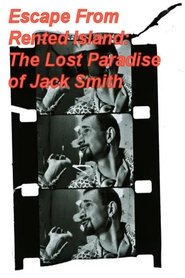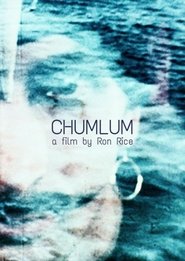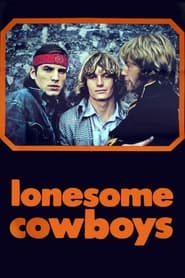detail profile francis francine

Riwayat Hidup
Frank di Giovanni, elevator operator, was the first of the Andy Warhol transvestite superstars.
Francine had been intended as the star of Flaming Creatures, 1962, but disappeared partway through filming, leaving Mario Montez the throne.
He was given star treatment in the Andy Warhol/Paul Morrissey film Lonesome Cowboys, 1968, as a the transvestite sheriff.
The camera lingers as he puts on drag and makeup.
This in a cowboy village partly owned by John Wayne.
Info Pribadi
Peran Yang Di Mainkan Francis Francine
 In his essay film Jerry Tartaglia...
In his essay film Jerry Tartaglia...Escape From Rented Island: The Lost Paradise of Jack Smith 2017
In his essay film, Jerry Tartaglia, longtime archivist and restorer of the film estate of queer New York underground, experimental film, and performance legend Jack Smith, deals less with Smith’s life than with his work, analyzing Smith’s aesthetic idiosyncrasies in 21 thematic chapters. It's a film essay about the artist’s work, rather than a documentary about his life. An unmediated vision of Jack Smith, an invitation to join him in his lost paradise.
 Ron Rices Chumlum is one of...
Ron Rices Chumlum is one of...Chumlum 1963
Ron Rice's Chumlum is one of those films in which the conditions of its construction are integral to the experience of watching it. It is a record of a cadre of creative people having fun on camera, playing dress-up, dancing, flirting, lazing around.
 Filmmaker and artist Jack Smith described...
Filmmaker and artist Jack Smith described...Flaming Creatures 1963
Filmmaker and artist Jack Smith described his own film as a “comedy set in a haunted movie studio.” Flaming Creatures begins humorously enough with several men and women, mostly of indeterminate gender, vamping it up in front of the camera and participating in a mock advertisement for an indelible, heart-shaped brand of lipstick. However, things take a dark, nightmarish turn when a transvestite chases, catches and begins molesting a woman. Soon, all of the titular “creatures” participate in a (mostly clothed) orgy that causes a massive earthquake. After the creatures are killed in the resulting chaos, a vampire dressed like an old Hollywood starlet rises from her coffin to resurrect the dead. All ends happily enough when the now undead creatures dance with each other, even though another orgy and earthquake loom over the end title card.
 Five lonesome cowboys get all hot...
Five lonesome cowboys get all hot...